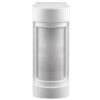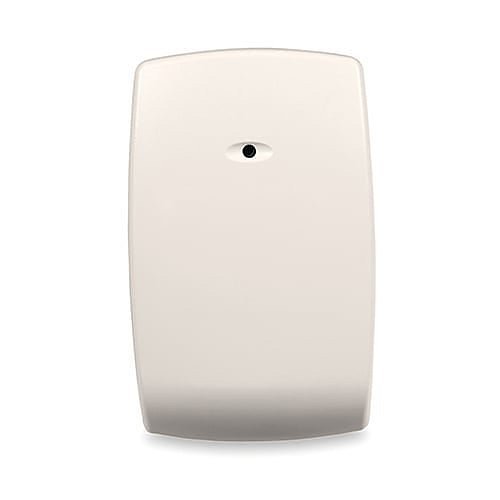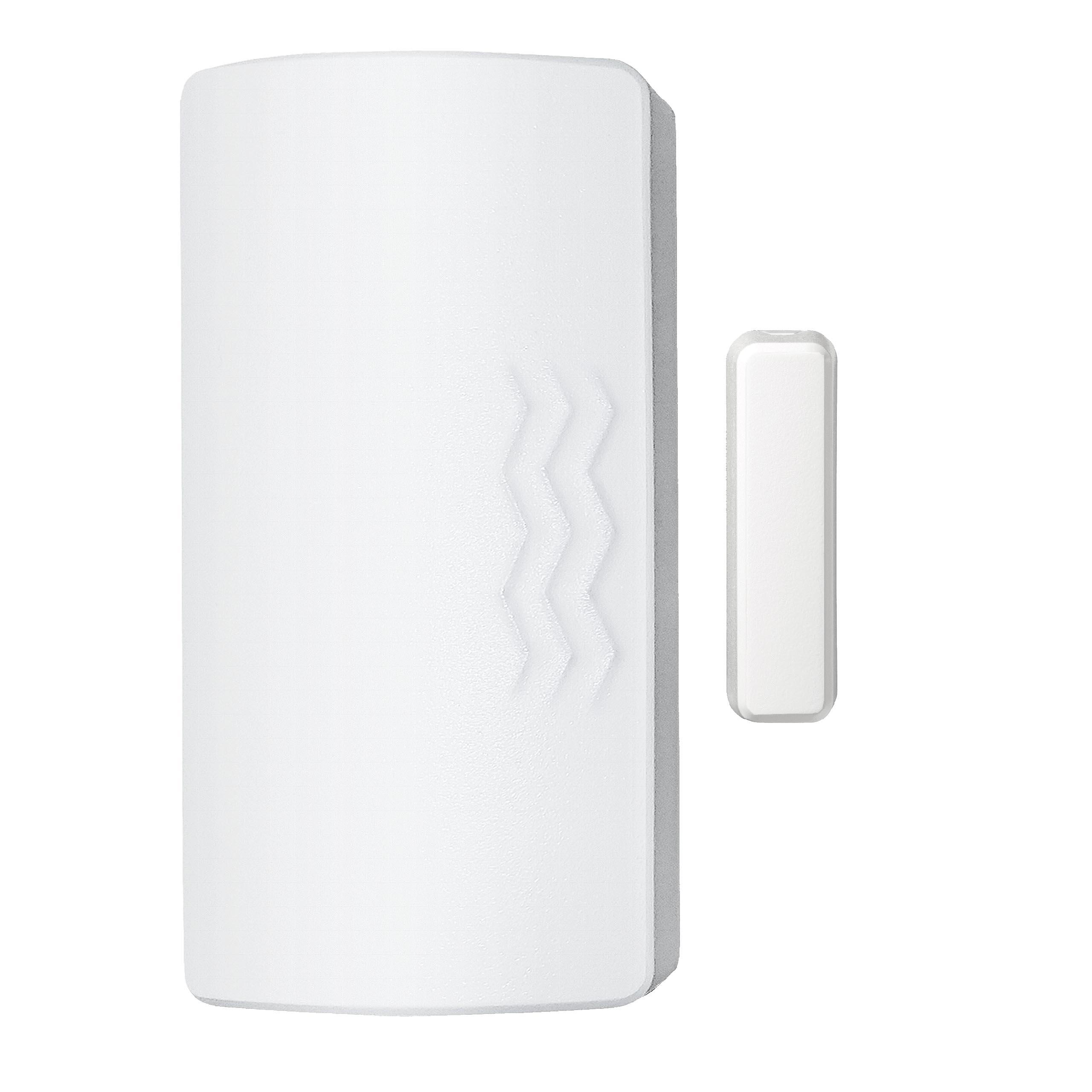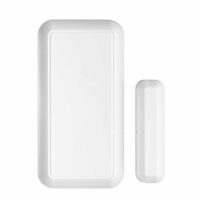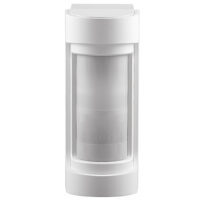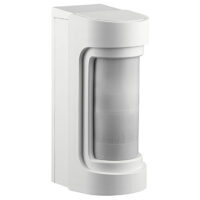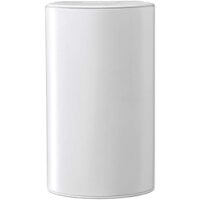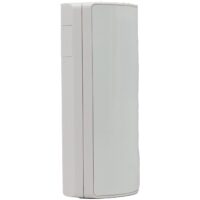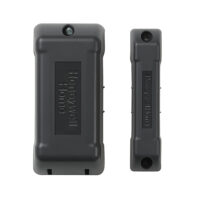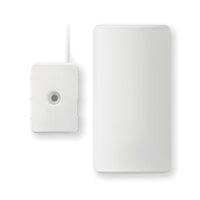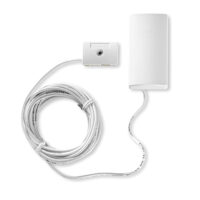Shock Sensor – PROSERIESSHOCK
$59.95
Honeywell Home PROSiXSHOCK Wireless Shock Sensor has been designed to mount directly on the glass surface and offers excellent protection for all glass types—including plate, tempered, laminated and wired. The versatile detector provides outstanding false alarm immunity.
Description
The Honeywell Home PROSIXSHOCK is a wireless shock sensor that is used with the PROA7PLUS, PROA7PLUSC, PROA7, and PROA7C. The three (3) zone shock detection sensor can also be used as a door/window sensor and as a wireless transmitter. All communication is sent using 128-bit AES encryption.
When the Honeywell Home PROSIXSHOCK is being programmed, the three (3) device functions can be programmed ON or OFF as needed. These individual functions are also referred to as “Services” for the sensor. If all three Services are being enabled, then the sensor will use three system zones. That is why you may hear the PROSIXSHOCK being referred to as a “Three-Zone” sensor. The three Services for the PROSIXSHOCK are shock detection, a reed switch and magnet zone for use on a door or window, and wireless transmitting capabilities for a single unsupervised Normally Closed wired contact sensor. You can enable or disable each Service individually when programming the PROSIXSHOCK. This gives you great versatility and flexibility in setting up this encrypted wireless sensor.
Shock Detection
Arguably the most unique and most popular function for the PROSIXSHOCK is its shock detection capability. This has the sensor send an alert to the system upon detecting the shockwaves of a door or window being forcibly struck. The sensor should be installed directly on a door or window in an upper corner. For a swinging door, the ideal mounting location is opposite the hinge. If the sensor is being used on a sliding window or door, then it can be placed on the moving section of the frame. The sensor offers a shock protection area of about 10 to 12 square feet, or a 5 to 6 foot radius. There are four (4) sensitivity level options, which include Maximum, Medium, Low, and Lowest. You can test sensitivity by striking the protected surface using the side of your fist away from your thumb. Strike the surface in a spot furthest from the sensor. Adequate sensitivity will be indicated by the sensor’s LED flashing red briefly. This Service is referred to as SHOCK.
A more traditional function for the PROSIXSHOCK is its ability to be used as a door and window contact sensor using its internal reed switch and included magnet. There are indentations on one side of the PROSIXSHOCK to let you know where to align the magnet. Operation for this function is fairly standard. The sensor is typically placed on the stationary door or window frame, while the accompanying magnet is placed on the moving portion of the door or window. Opening up the door or window will cause the magnet to separate from the sensor. This will release the sensor’s internal reed switch and tell it to alert the system. If you intend to use both the shock and reed features of the sensor on the same opening, then you will need to install the sensor on the moving portion of the door, rather than the frame. For best results, the magnet should be within 3/4 of an inch of the sensor when the door or window is closed. Keep in mind that the maximum magnet spacing gap is reduced by roughly 30% for steel doors and windows. This Service is referred to as REED.
Wireless Transmitter
Lastly, you can also use the PROSIXSHOCK as a wireless transmitter. This is done by connecting a Normally Closed (NC) hardwired contact sensor to the terminal block on the PROSIXSHOCK. The PROSIXSHOCK will then communicate on behalf of the connected wired contact sensor so that the panel knows when the wired contact has been opened or closed. Keep in mind that the wire for this connection is unsupervised, and the maximum wire distance between the PROSIXSHOCK and the wired contact is three (3) feet. This Service is referred to as CONTACT.
Battery
The Honeywell Home PROSIXSHOCK uses a single lithium CR123A battery for power. It has an expected battery life of about five (5) years. An LED light on the sensor assists with enrollment, testing and troubleshooting. The sensor supports features like tamper detection, RF supervision, and low-battery detection. The dimensions for the sensor are 3.13″L x 1.61″W x 1″D. The wireless range for the sensor is more than 300 feet in an open air environment.

